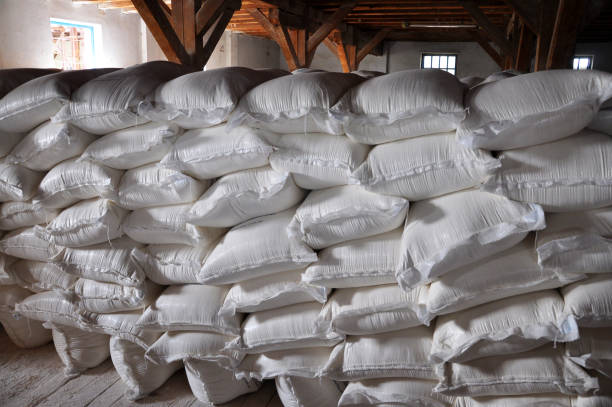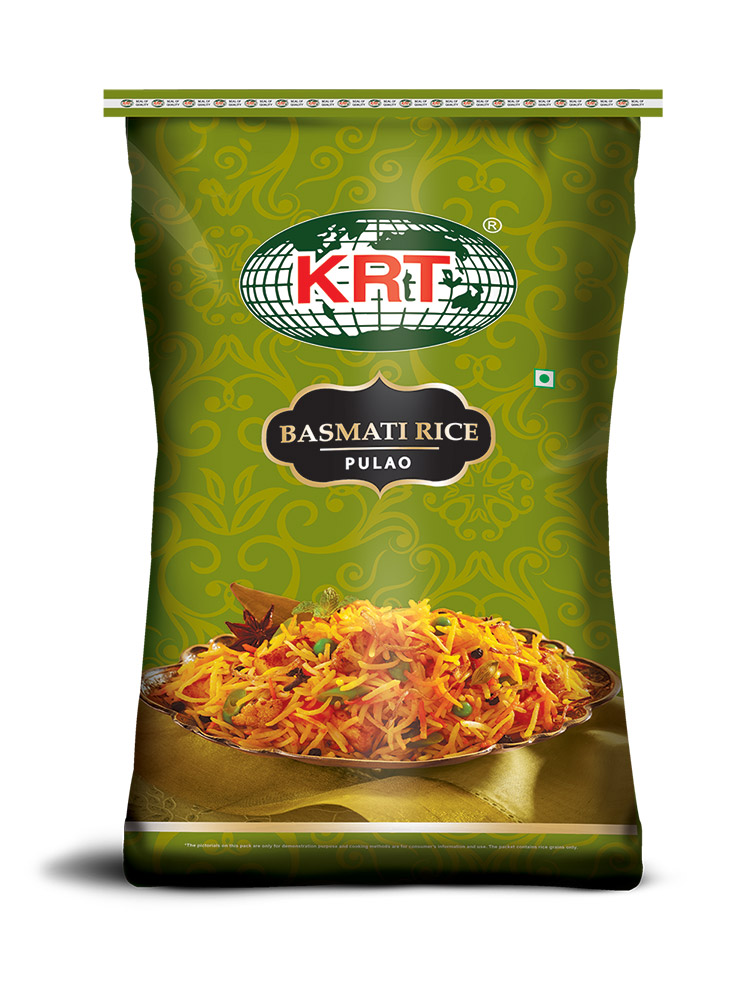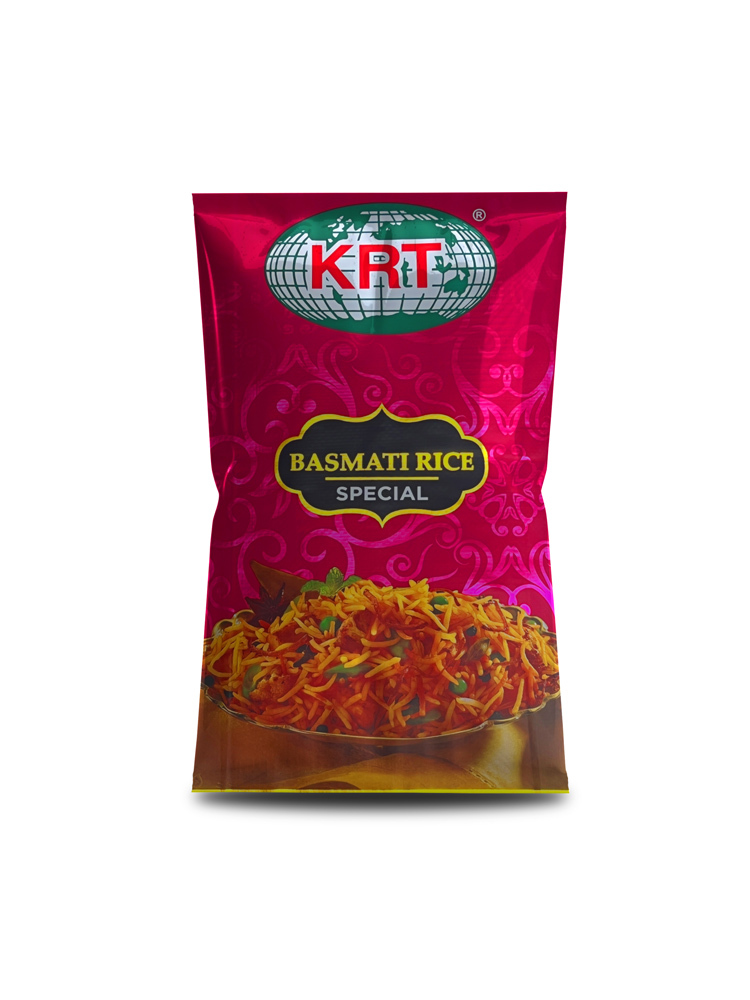Indroduction
Purchasing rice in bulk can be a cost-effective and convenient way to stock up on this staple food. However, there are several potential pitfalls that can turn what seems like a smart purchase into a waste of money or a health concern. Here are some common mistakes to avoid when buying rice in bulk, so you can make the most of your purchase.
1. Not Checking for Proper Storage Conditions
One of the most common mistakes when buying rice in bulk is not considering how it will be stored. Rice, especially when purchased in large quantities, needs to be kept in a cool, dry, and airtight environment to maintain its quality. If you don’t have proper storage containers, rice can absorb moisture, leading to mold growth and spoilage. Always ensure you have airtight bins or containers to store rice, and avoid keeping it in humid or warm areas.
2. Purchasing More Than You Can Use
While buying in bulk is typically more cost-effective, it’s important to evaluate how much rice your household or business actually consumes. Buying excessive amounts of rice can lead to waste if it’s not consumed before the rice becomes stale or infested with pests. It’s best to buy in quantities that fit your consumption patterns, considering the shelf life and storage space available.
3. Ignoring Rice Type and Quality
Different types of rice have different uses, and not all rice is created equal. When purchasing in bulk, it’s crucial to know which type of rice suits your needs. For instance, if you’re buying rice for sushi, look for short-grain rice, while for everyday cooking, long-grain rice might be better. Additionally, check the quality of the rice—whether it’s organic, free from additives, or non-GMO. Choosing poor-quality rice can affect the flavor and texture of your meals.
4. Overlooking Packaging and Hygiene
Bulk rice is often sold in large sacks, and while these might seem like a bargain, you should be cautious about the packaging. Rice in poorly sealed bags can become contaminated by pests, dirt, or other environmental factors. Check for clean, hygienic packaging that guarantees the rice is safe for consumption. If the rice is not in sealed containers, you risk compromising its safety and quality.
5. Failing to Consider Shelf Life
Rice, particularly white rice, has a long shelf life, but it’s not indefinite. Brown rice, on the other hand, has a shorter shelf life due to its oil content. When purchasing rice in bulk, always check the expiration dates or “best before” dates, especially for varieties like brown rice. To prevent rice from going bad, rotate your stock and consume the older packages first.
6. Not Inspecting the Rice Before Buying
Before committing to a large quantity of rice, always inspect it for any signs of damage, contamination, or infestation. Check the rice for unusual discoloration, an off smell, or the presence of insects. If buying from a bulk bin, make sure the rice looks clean, fresh, and free from foreign objects. Buying rice without inspecting it can lead to a less-than-ideal experience when you open the bag at home.
7. Ignoring the Environmental Impact of Packaging
In today’s environmentally conscious world, it’s important to think about the environmental impact of the products you purchase. Rice is often packaged in plastic bags, which can take years to decompose. When buying in bulk, consider options that minimize packaging waste, such as purchasing from stores that allow you to bring your own containers or opting for brands that use recyclable or biodegradable packaging.
8. Not Comparing Prices
Though buying rice in bulk is generally cheaper, that’s not always the case. Prices can vary significantly depending on the seller, brand, and region. It’s important to compare prices from different stores or suppliers to ensure you’re getting the best deal. Don’t forget to factor in the price of storage containers, especially if you’re buying in extremely large quantities.
9. Skipping the Sustainability Check
If you care about sustainability, consider purchasing rice that supports ethical farming practices. Many bulk rice suppliers offer organic or fair-trade options that support small farmers and ensure environmentally friendly farming practices. Choosing rice with sustainable certifications can make a significant difference in reducing your carbon footprint and supporting eco-friendly agriculture.
10. Not Planning for Storage Duration
Rice doesn’t last forever, even when stored properly. It’s important to estimate how long the rice will be stored before consumption. If you’re purchasing rice that will sit for a long time, consider opting for vacuum-sealed packaging or investing in a long-term storage method to maintain its quality over time.
Conclusion
Purchasing rice in bulk can be a smart decision, but it requires careful planning and consideration. Avoiding these common mistakes will ensure that you get the best quality rice, minimize waste, and save money. From understanding storage needs to choosing the right type of rice and packaging, thoughtful buying will help you enjoy bulk rice for months or even years to come.







